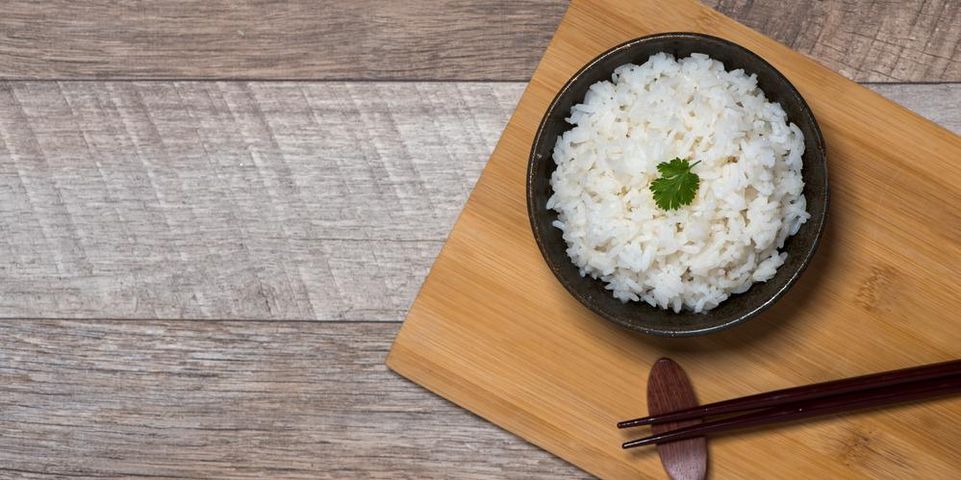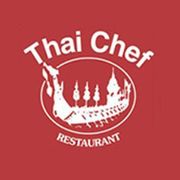Sticky Rice: A Brief History of an Asian Food Staple

To say sticky rice is an Asian food staple would be an understatement. The ingredient forms the base of countless dishes across Southeast and East Asia, from the Philippines, Indonesia, and Thailand to Northern India and Pakistan. Every region has its own way of preparing and serving sticky rice, reflective of their respective environments, cultures, and people. Even at Thai Chef Restaurant in Lahaina, HI, you can order Thai Sticky Rice as a side dish with your meal. But what makes this rice different than others, and what is its background?
 Sticky rice has grown in China for over 2,000 years and in other parts of Asia for at least 1,100 years. It is also called glutinous rice because it has a high gluten content compared to other strains of the crop. It is this gluten that lends the dish its delectably sticky quality.
Sticky rice has grown in China for over 2,000 years and in other parts of Asia for at least 1,100 years. It is also called glutinous rice because it has a high gluten content compared to other strains of the crop. It is this gluten that lends the dish its delectably sticky quality.
Sticky rice can come in a variety of different colors, including white, brown, and even pink. It’s served throughout Asia at just about any meal, including breakfast, and is used in both savory and sweet snacks and dishes. Sticky rice can be served plain, mixed with multiple ingredients, topped with curry, or formed into balls.
What’s more, at least a few ancient buildings were built on sticky rice—literally. It is said the Great Wall is held together with the grain, and this might not be too far from the truth. Researchers found a sticky rice-lime mortar in Chinese buildings from the Ming Dynasty. It is possible that the Great Wall was built using a similar technique over 2,000 years ago. Researchers today may even use this Asian food mixture for restoration work on ancient buildings.
For sticky rice you can indulge in, head to Thai Chef Restaurant. While sticky rice is not gluten-free, their menu has a variety of gluten-free and vegetarian Asian food options. Call them today at (808) 667-2814 to find out more, or visit the website and check out their mouthwatering menu.
About the Business
Have a question? Ask the experts!
Send your question

